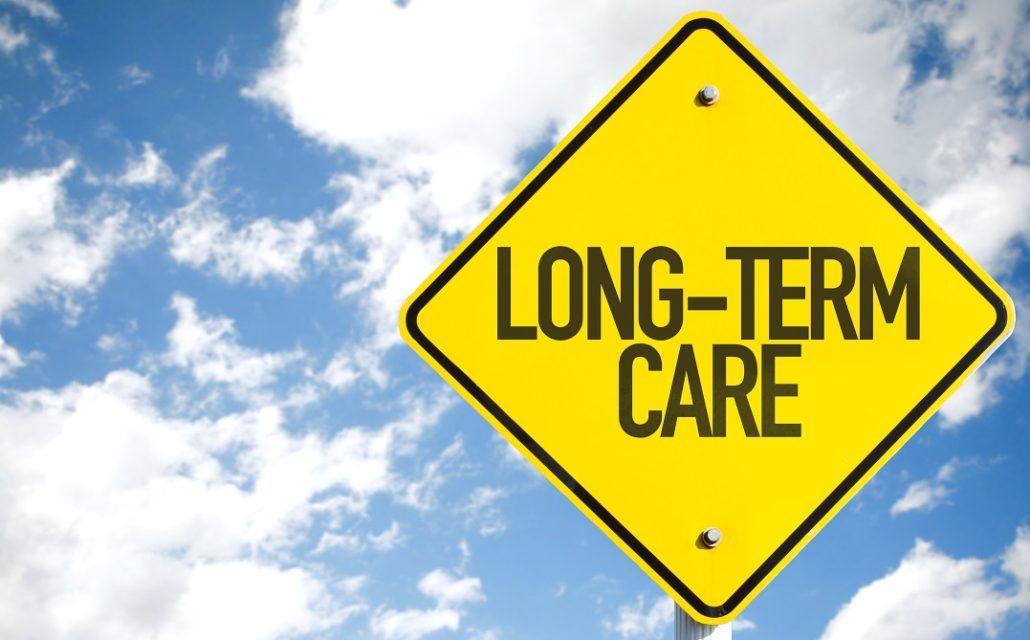Download the full Policy Brief
Key Findings
- The formal fight against illegal drugs began in 1971 when President Nixon declared an official “war on drugs.”
- The country has spent over $1 trillion on this effort against illicit drugs.
- Data strongly suggests that the current opioid crisis is not caused by legal prescription drugs, by their manufacturers and distributers, or by doctors. The number of legal prescriptions written by physicians has actually decreased over the past five years, while opioid deaths have increased dramatically.
- Instead the crisis is caused primarily by illegal fentanyl, heroin, and to a lesser extent, cocaine.
- From the Center for Disease Control and Prevention’s 2016 data, prescription drugs were the cause of 23 percent of drug-related deaths, a clear minority compared to illicit drug deaths.
- For the fight against illegal drugs to be successful, it must address both the supply of illegal drugs and the demand for drugs.
- The emphasis for the past 50 years in the U.S. has been to combat the supply of drugs and punish those who use illegal drugs.
- Since elected officials have been unable to close the market for illegal drugs and slow or stop the overdose death rate, it is time for a new approach – one that views the drug user as an individual with a preventable and treatable disease.
Introduction
In 1969, President Richard Nixon declared that drug abuse was “a serious national threat.” He followed this up in 1971 with the statement that drug abuse was “public enemy No. 1” and announced a “war on drugs.” This has been an ongoing battle for 50 years. In spite of the billions of taxpayer dollars spent over the years, the current opioid crisis is a direct result of the failure of this effort.
Background
In 1906, the federal government passed the Pure Food and Drug Act which, for the first time, required doctors to accurately label prescribed drugs. Opium importation was restricted in 1909 with the Opium Exclusion Act, which was the first federal legislation in the U.S. that made a drug illegal. Opium use had actually decreased because of city and state laws, however, federal officials were motivated by international politics to pass restrictive legislation.
Congress passed the first comprehensive government drug policy, The Harrison Narcotics Act, in 1914. The law regulated the manufacture and sale of cocaine, marijuana, alcohol, heroin, and morphine and was rigidly enforced. Doctors and pharmacists became the target of the law, especially those who prescribed narcotics as a maintenance treatment for drug addicts.
Heroin was recognized as being extremely addictive. In 1924, Congress outlawed its importation, sale, and use. It was estimated at the time that over 90 percent of drug addicted criminals arrested in New York City were using heroin.
In 1930, several federal drug agencies were combined into the Federal Bureau of Narcotics (FBN). The primary mission of the FBN was control of and punishment for opium and heroin smuggling.
In 1968, the FBN was merged with the Bureau of Drug Abuse Control, an agency of the Food and Drug Administration, and formed the Bureau of Narcotics and Dangerous Drugs (BNDD). Congress passed the Comprehensive Drug Abuse Prevention and Control Act of 1970 which, for the first time, established a schedule that placed drugs in five categories based on their medical effects and their potential for addiction.
The BNDD was ultimately combined with several other federal agencies, including border custom offices, and formed the Drug Enforcement Administration (DEA) in 1973. The DEA is now the official national drug enforcement agency for the United States, with 5,000 special agents, 6,000 support personnel, and a yearly budget of $3 billion.
Download the full Policy Brief





